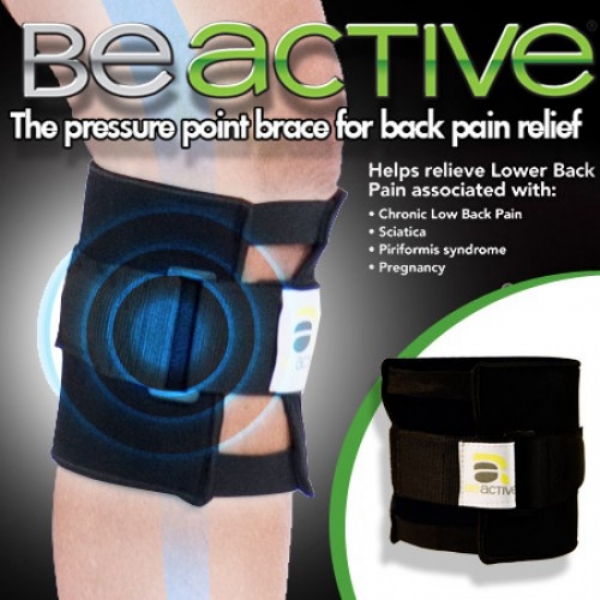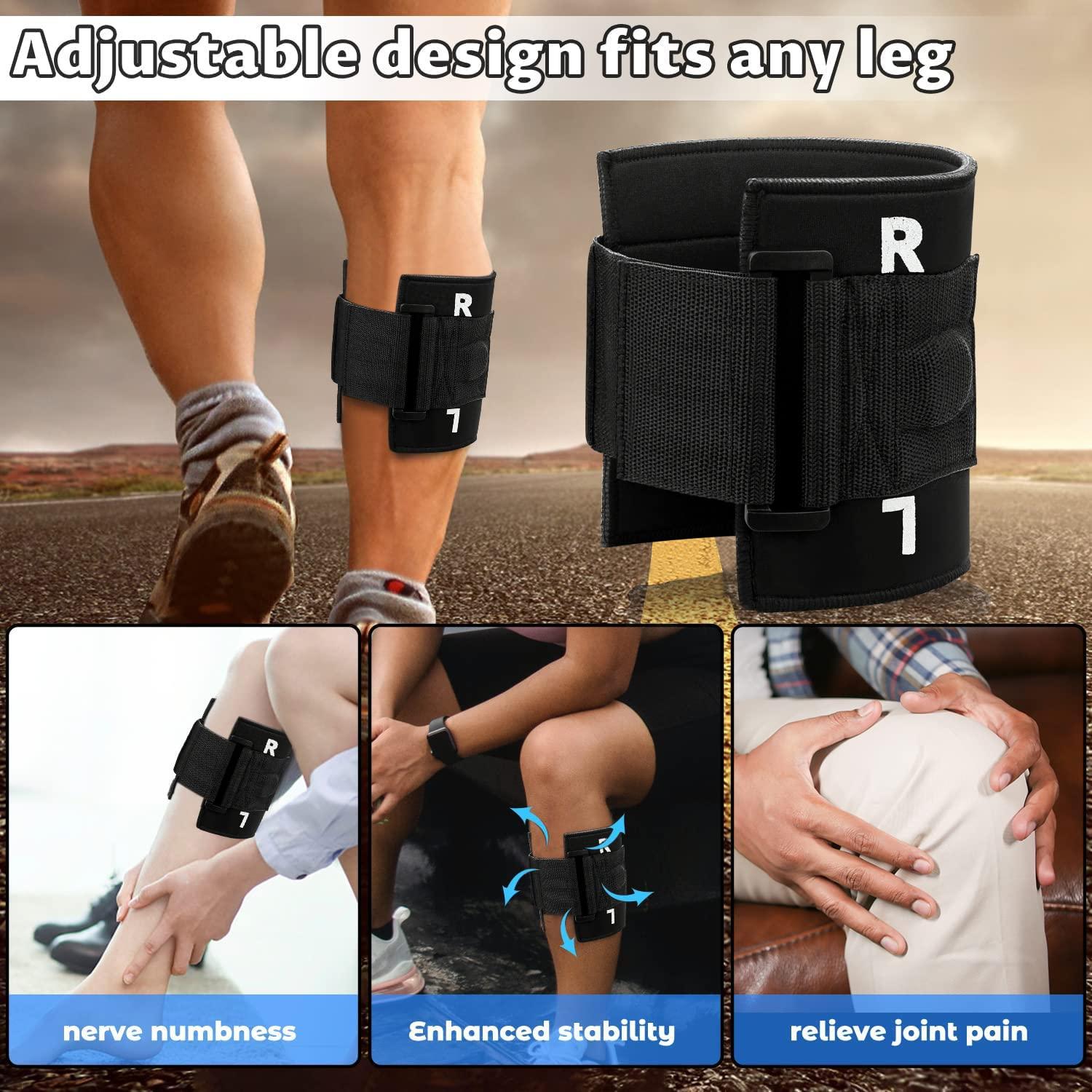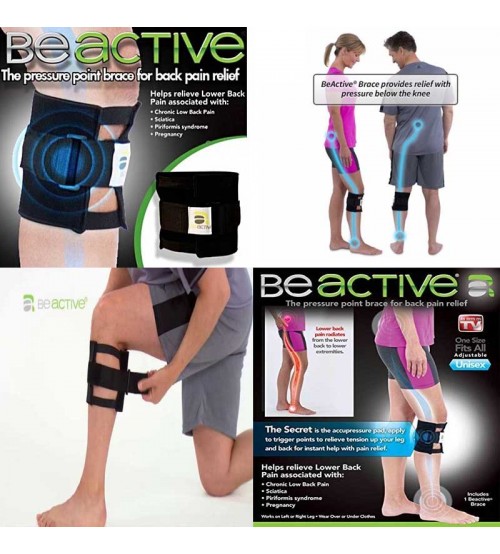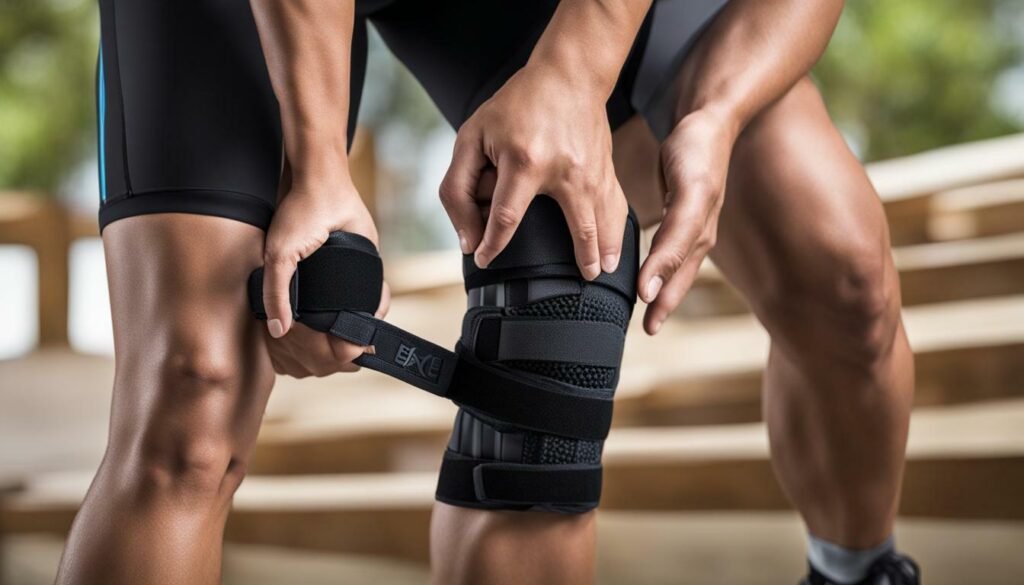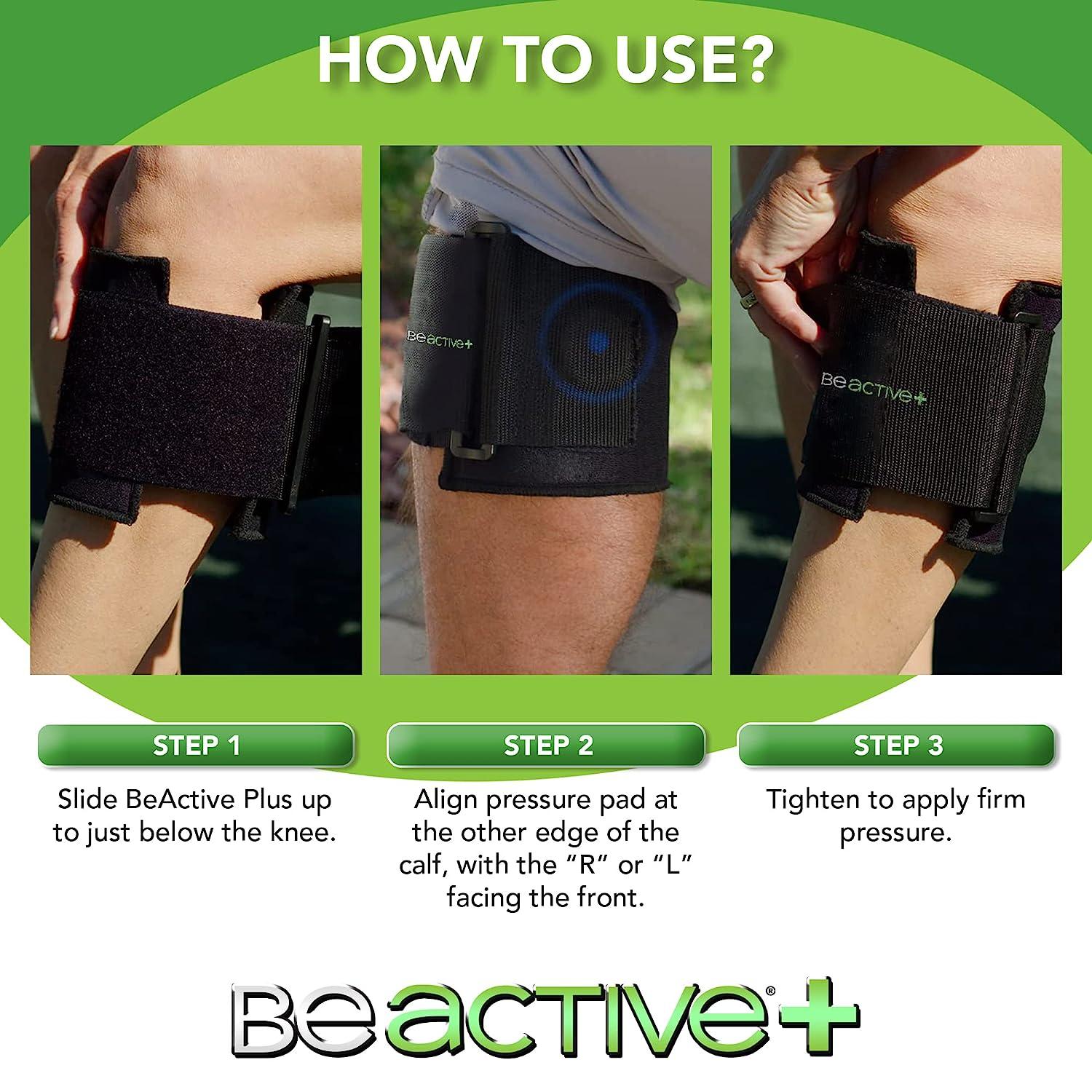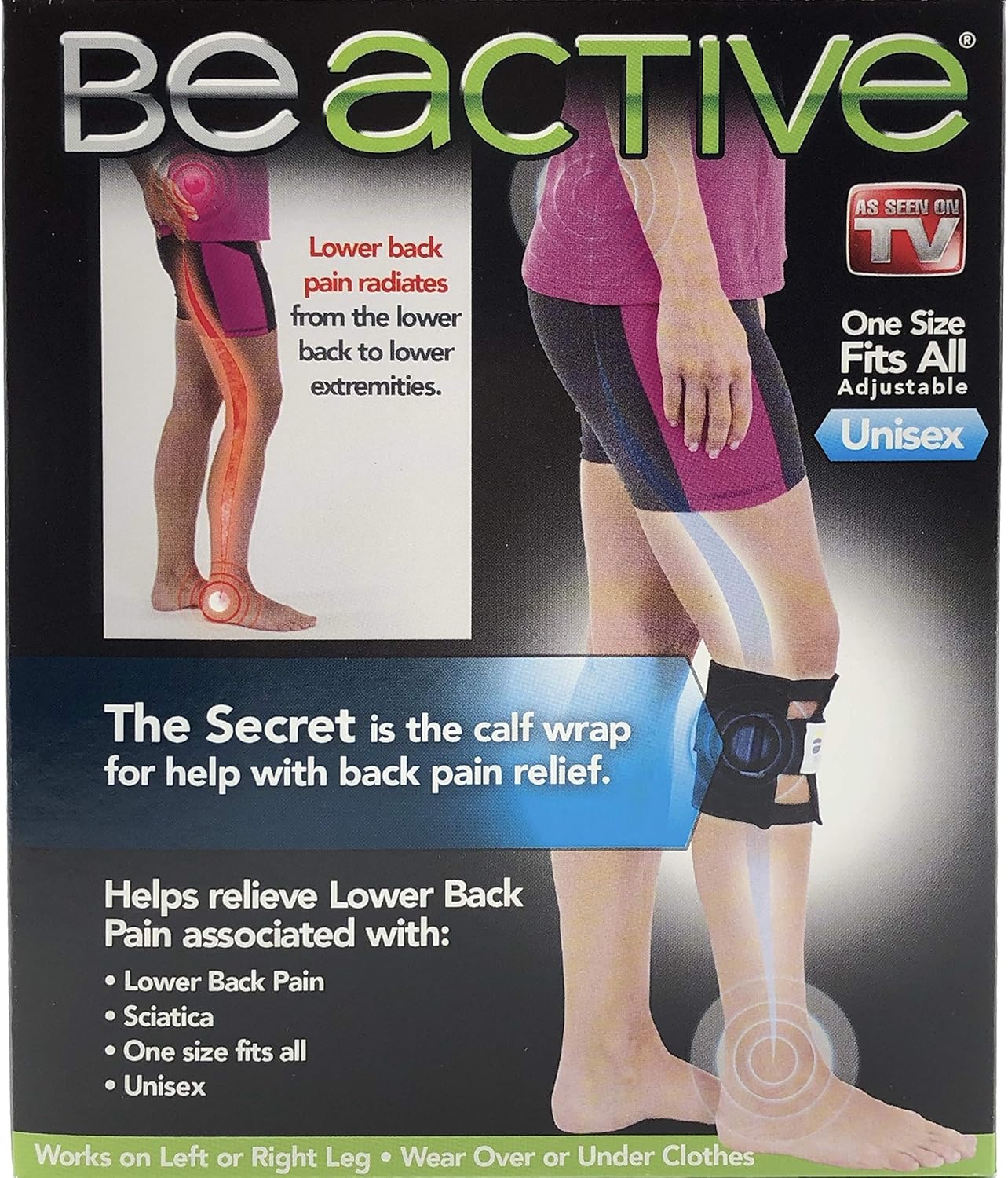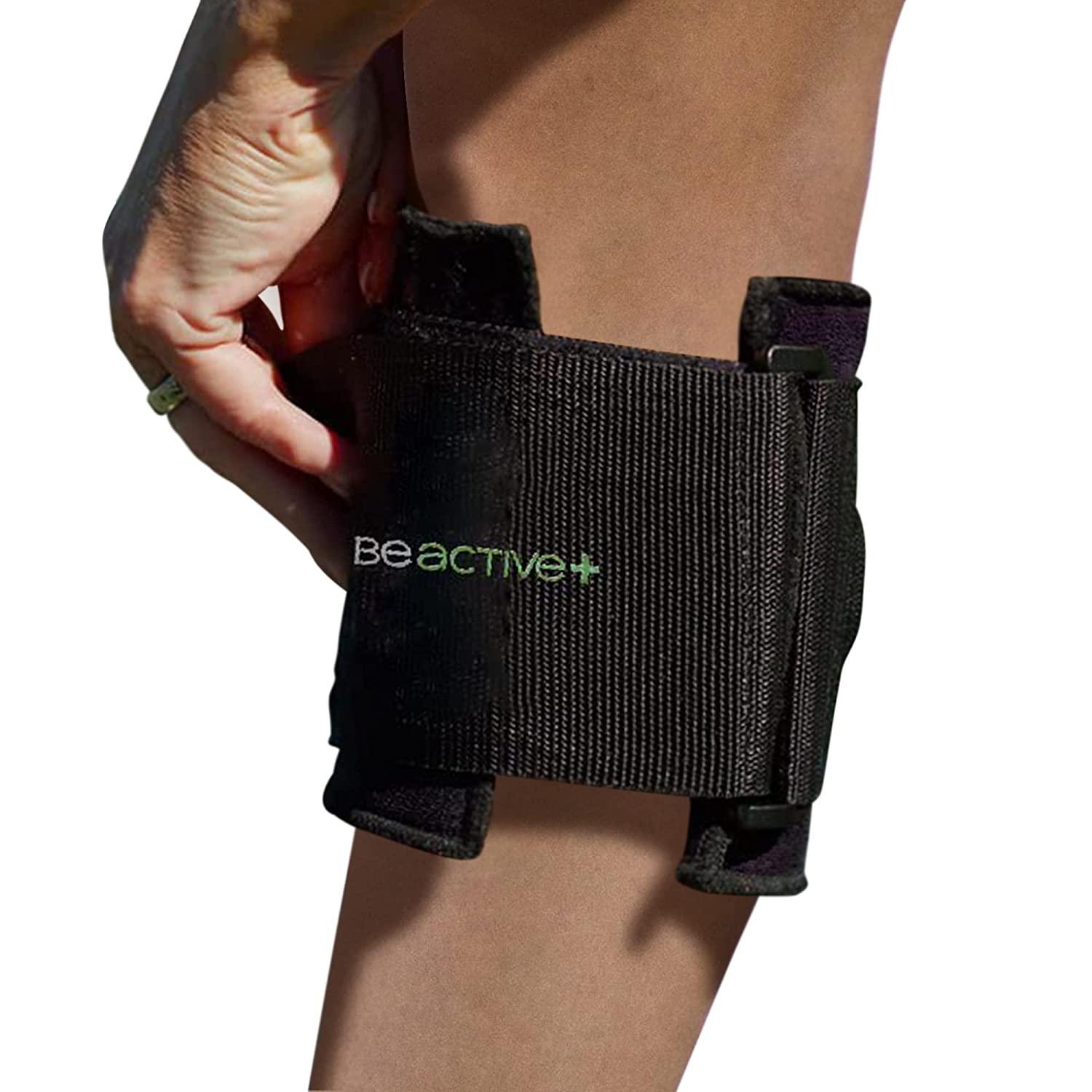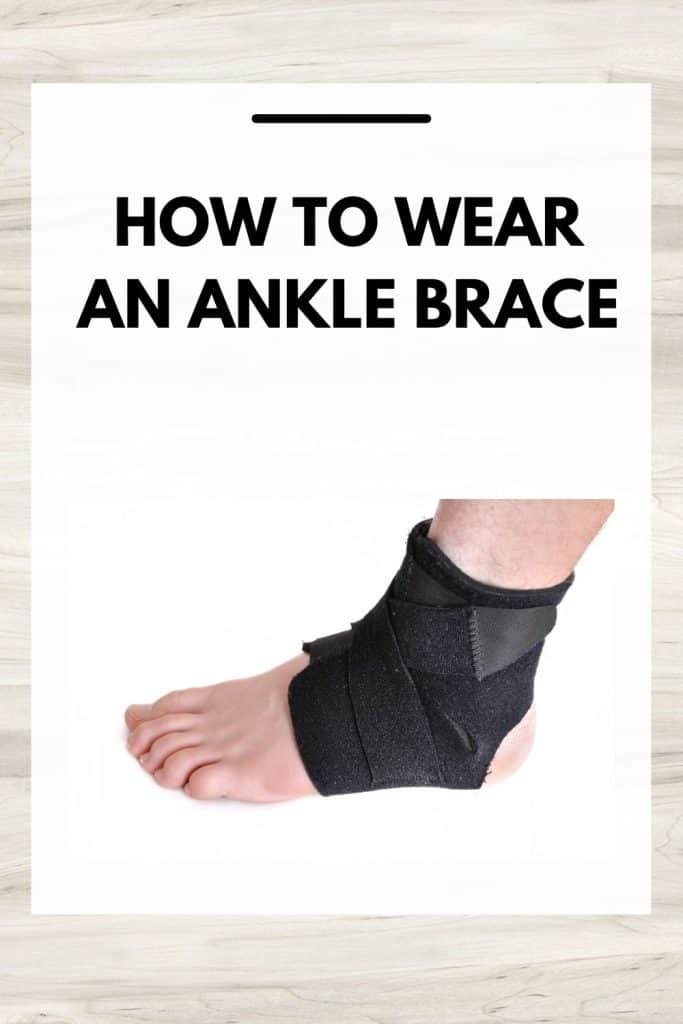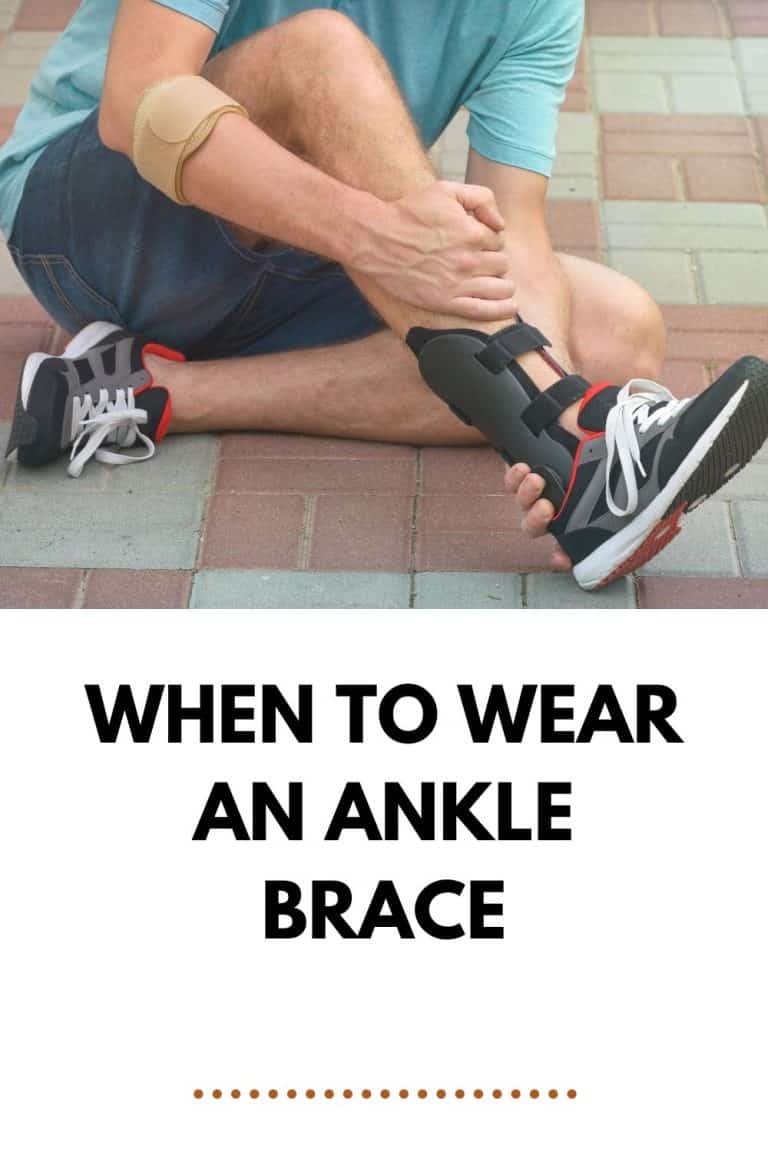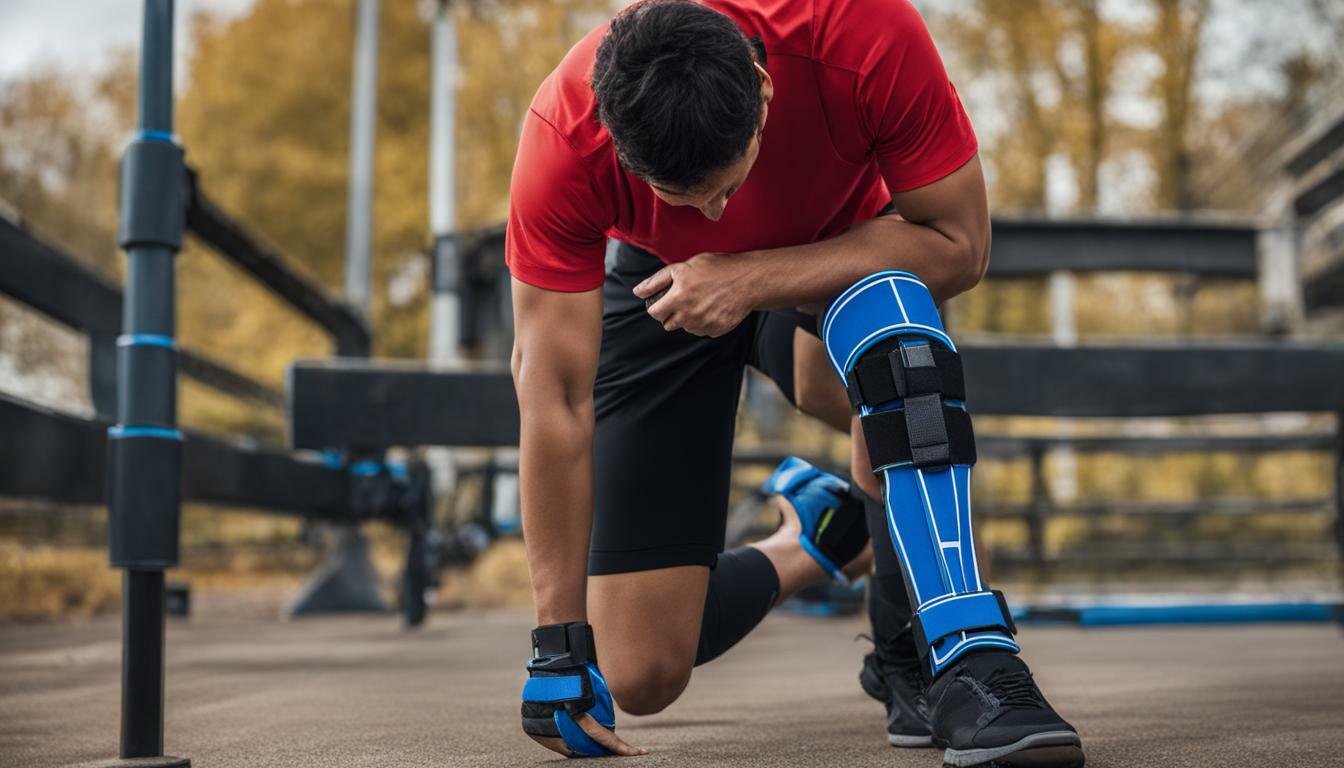Be Active Brace How To Wear

Back pain, a pervasive ailment plaguing millions globally, often demands more than just over-the-counter remedies. For many, the Be Active Brace offers a beacon of hope, promising relief through targeted acupressure. However, realizing its potential depends heavily on correct usage, a factor often overlooked amid the clamor for quick solutions.
This article delves into the intricacies of the Be Active Brace, providing a comprehensive guide on how to wear it effectively. It aims to equip users with the knowledge necessary to maximize its benefits, while also addressing potential concerns and offering balanced perspectives from medical professionals.
Understanding the Be Active Brace
The Be Active Brace is a device designed to apply pressure to a specific acupressure point located below the knee. This point, according to traditional Chinese medicine, is connected to the sciatic nerve. Applying consistent pressure is believed to reduce pain radiating down the leg and into the lower back.
The brace typically consists of a padded strap that wraps around the leg and a small pressure pad. This pad is strategically positioned to target the precise acupressure point. Different models may vary slightly in design, but the core principle remains consistent.
Step-by-Step Guide: How to Wear the Be Active Brace
Locating the Acupressure Point
The most crucial step is accurately identifying the correct acupressure point. It's located approximately halfway between the knee and the ankle, on the outside of the calf muscle. Finding this spot might require some patience and experimentation.
A helpful tip is to flex your foot and feel for a slight indentation or tenderness in this area. Once located, mark the spot with your finger or a small dot for easy reference during subsequent applications.
Positioning the Brace
With the acupressure point identified, position the pressure pad of the Be Active Brace directly over it. Ensure the pad makes firm contact with your skin without being overly tight or constricting.
The strap should be snug but comfortable, allowing for freedom of movement. Avoid overtightening, as this can impede circulation and cause discomfort.
Securing the Brace
Most Be Active Braces utilize Velcro closures to secure the strap around the leg. Ensure the Velcro is properly fastened to prevent the brace from slipping or shifting during activity.
After securing the brace, walk around briefly to assess its stability. Readjust if necessary to maintain the pressure point alignment.
When and How Long to Wear the Brace
The Be Active Brace can be worn during various activities, including walking, sitting, or even sleeping. The ideal wear time depends on individual comfort levels and the severity of pain.
Start with shorter durations, such as 30 minutes to an hour, and gradually increase as tolerated. Some individuals find relief wearing it throughout the day, while others prefer using it only during specific activities that exacerbate their pain.
Potential Benefits and Limitations
Many users report experiencing a reduction in back and leg pain after using the Be Active Brace. They often claim improved mobility and a decrease in reliance on pain medication.
However, it's important to acknowledge that the brace is not a cure-all solution. Its effectiveness varies from person to person, and it may not provide relief for all types of back pain.
Expert Opinions and Medical Considerations
While some healthcare professionals acknowledge the potential benefits of acupressure, others remain skeptical about the Be Active Brace's effectiveness. Dr. Emily Carter, a leading orthopedic surgeon, states, "The brace may provide temporary relief for some individuals, but it's crucial to address the underlying cause of the back pain."
She emphasizes that a proper diagnosis and comprehensive treatment plan are essential for long-term pain management. A physical therapist, John Miller, suggests, "The brace can be a helpful adjunct to other therapies, such as exercise and stretching."
He cautions against relying solely on the brace and encourages users to seek professional guidance. He adds,
"It's crucial to consult with a doctor or physical therapist to determine the most appropriate treatment approach for your specific condition."
Cautions and Considerations
Individuals with certain medical conditions, such as circulatory problems or skin sensitivities, should exercise caution when using the Be Active Brace. Discontinue use immediately if you experience any adverse reactions, such as skin irritation, numbness, or tingling.
It is essential to remember that the Be Active Brace is not a substitute for medical advice. Always consult with a healthcare professional before starting any new treatment regimen, especially if you have pre-existing health conditions.
The Future of Back Pain Management
The Be Active Brace represents one approach to managing back pain, but ongoing research is exploring various innovative therapies. From minimally invasive procedures to advanced pain management techniques, the landscape of back pain treatment is constantly evolving.
Ultimately, effective back pain management requires a multi-faceted approach tailored to the individual's specific needs. This approach includes proper posture, regular exercise, healthy diet, and, when appropriate, the judicious use of devices like the Be Active Brace in consultation with a healthcare provider.
